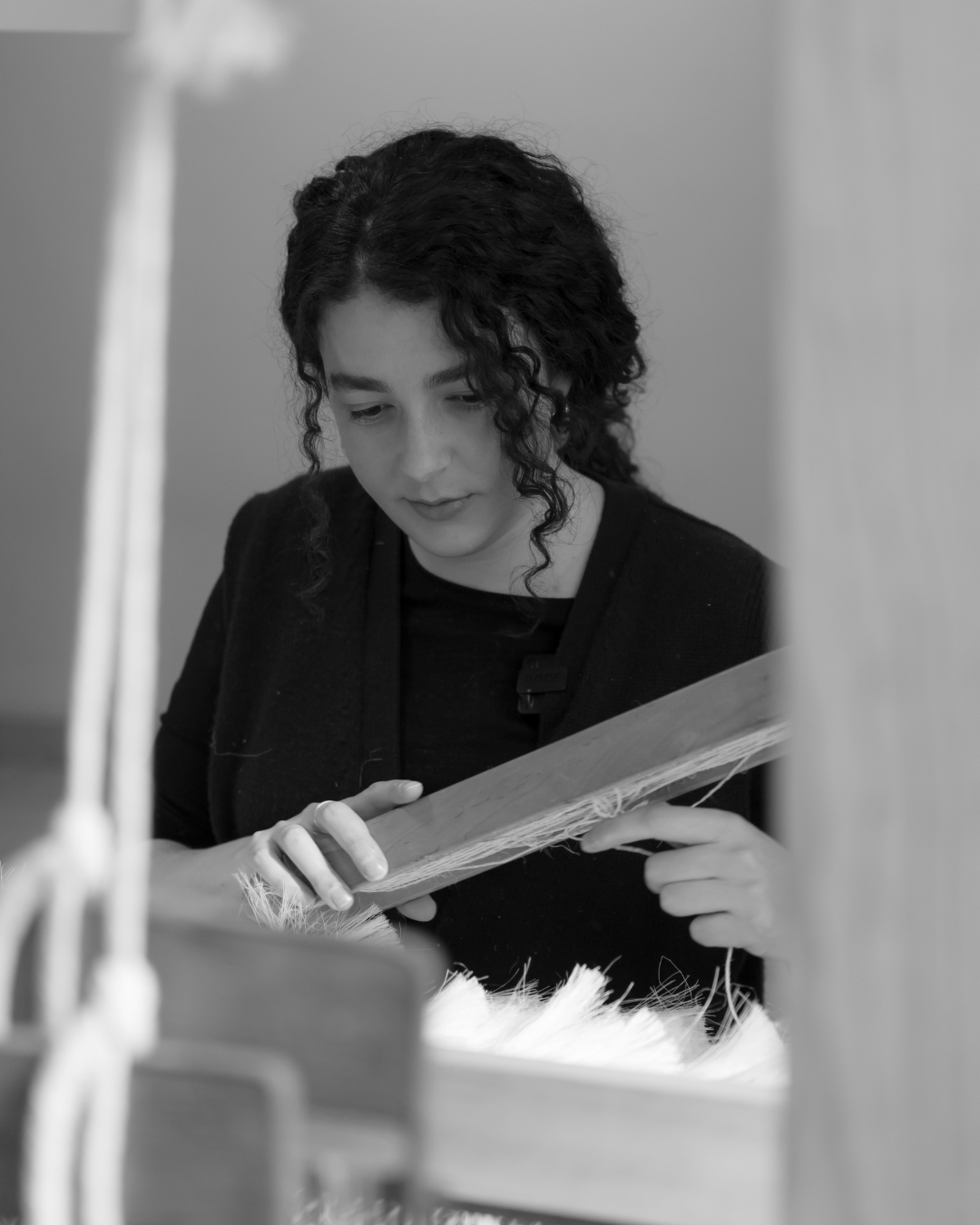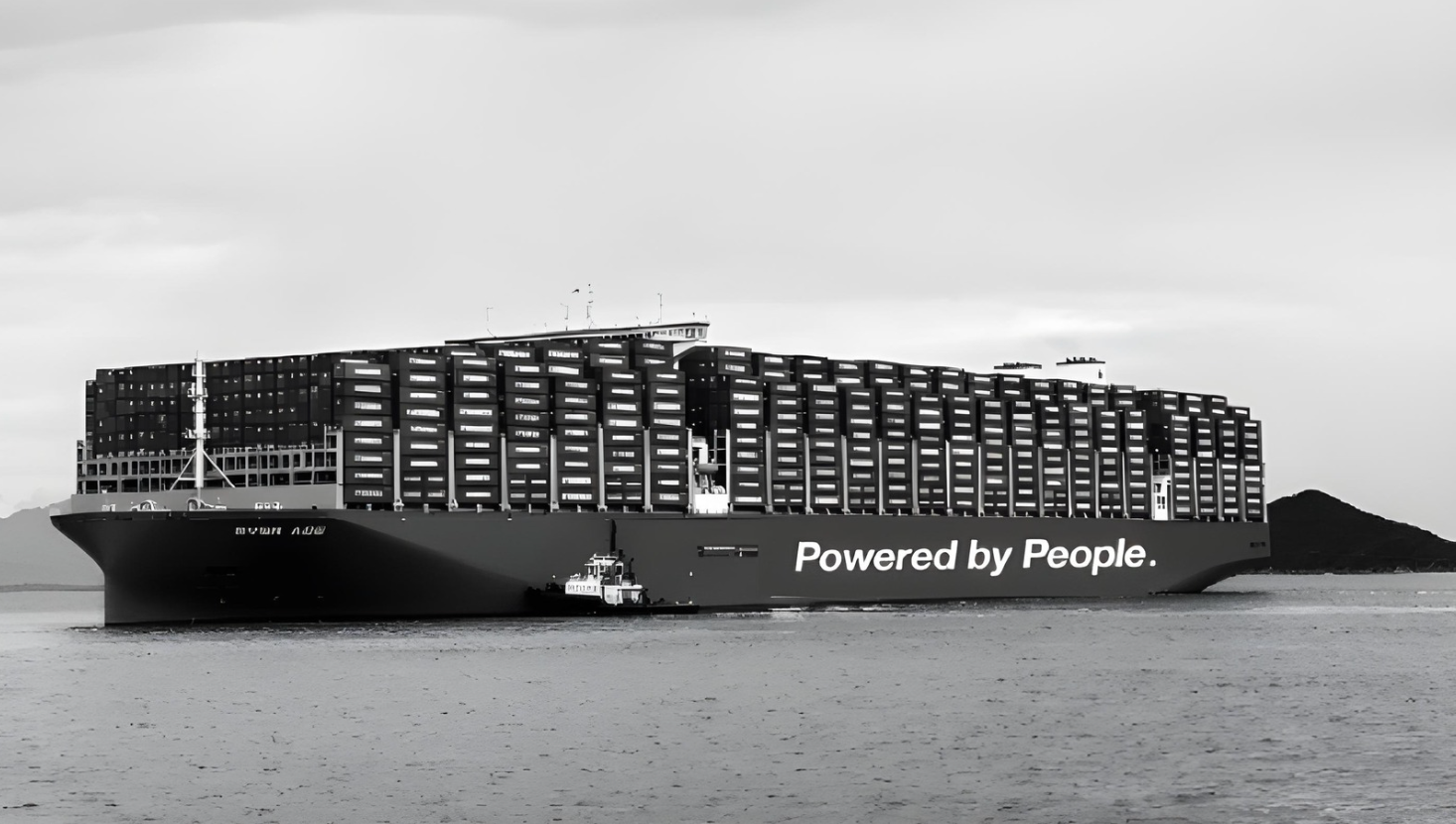
Q&A with IKEA
Discover how retail giant IKEA is helping Powered by People launch its ambitious ShipSmart initiative
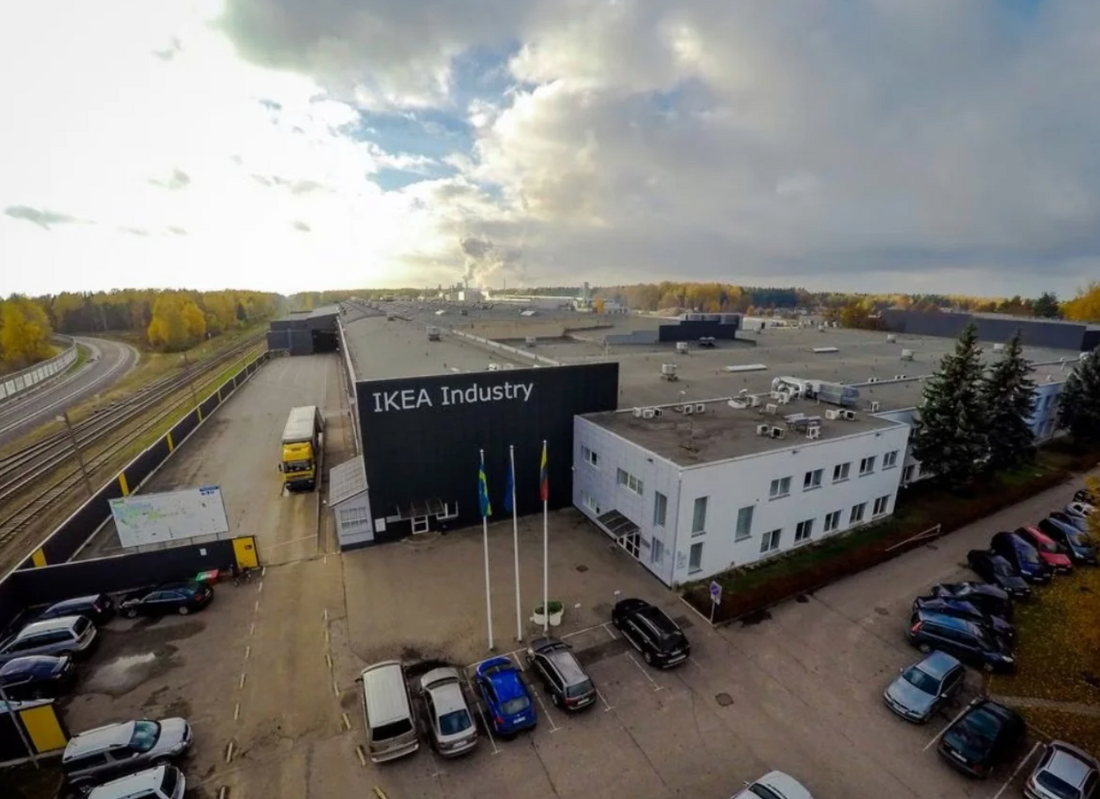
One of Powered by People’s major initiatives was the launch of our ShipSmart consolidated-shipping program, in which we group orders from multiple makers into a single shipping container destined for a single port. It’s a more efficient, more cost-sensitive, more environmentally-sensible way of getting a product from Point A to Point B, for both makers and buyers. But it’s not without complications. To help us solve some of them, we turned to IKEA (which knows a thing or two about global shipping challenges) and its involvement with Dela Programme, a global accelerator that helps social entrepreneurs develop impact and scaling strategies.
Recently, we spoke with not one but three representatives from IKEA to learn more about how they lend their support to mission-driven startups like Powered by People.
There must be countless organizations that come knocking on the IKEA Social Entrepreneurship door. How did you get involved with Ashoka and the Dela Programme?
Åsa Skogström Feldt, Managing Director and spokesperson at IKEA Social Entrepreneurship:
We partnered with Ashoka to co-create the Dela programme because we both believe that social entrepreneurship—the concept of an innovative solution to a social problem in the hands of an exceptional entrepreneur—is one of the keys to addressing societal challenges and creating a better everyday life for those who need it most. And Ashoka’s vision of “everyone a changemaker” aligns with and supports IKEA’s vision “to create a better everyday life for the many people,” as well as our belief that everyone is a talent. Plus, Ashoka’s focus on systems change was (and continues to be) an interesting approach for us to explore when considering different types of programs and ways to support social entrepreneurs.
As a separate entity within the Inter IKEA Group, we (IKEA Social Entrepreneurship B.V) can make independent decisions that allow us to address important social issues in a wider way, than if we were inside the business. It also means we can take a longer-term approach to impact.
What’s the most valuable thing IKEA Social Entrepreneurship is able to bring to the table?
Åsa Skogström Feldt:
The expertise of our large community of co-workers. Each entrepreneur is matched with one or several IKEA co-workers, who provide guidance and mentorship on specific business needs. We also provide access to funding and, as part of the IKEA system, we’re able to open doors for entrepreneurs in our programs to our global network of suppliers and partners.
How do you measure success when it comes to IKEA Social Entrepreneurship’s involvement with Dela and brands like PBP?
Åsa Skogström Feldt:
Our mission is to enable a better everyday life of people from vulnerable and marginalized communities. So a measure of success in our programmes like Dela is the number of lives positively impacted by the social enterprises in the programme. This could be within the enterprise itself, such as the number of jobs they create, or through the target groups they serve, such as people with disabilities, women or refugees and migrants. Another important element we consider is how much value the entrepreneur feels we’ve added through co-worker mentoring, funding, and other support.
Okay, let’s talk logistics. What can PBP learn from IKEA about shipping, in general, and the notion of consolidated shipping in particular?
Umut Bakin (Category Operations Manager Transport):
IKEA is often studied in supply chain-courses as a leader on issues of shipping. We are a volume-driven company where we buy in big volumes from our suppliers to reduce the prices for our customers. Ocean transportation is the most suitable way of transporting large amounts of cargo over long distances. We have the supply chain in mind at the very beginning of the product life cycle, creating our products while already thinking on an efficient flat-pack design so we reduce the shipping volume by as much as possible.
Last, but not least, we use optimization algorithms to achieve the most efficient network. We look into co-loadings, consolidation points close to our suppliers, or distribution centers in the most optimal locations—all of this helps us to reduce shipping distances and costs.
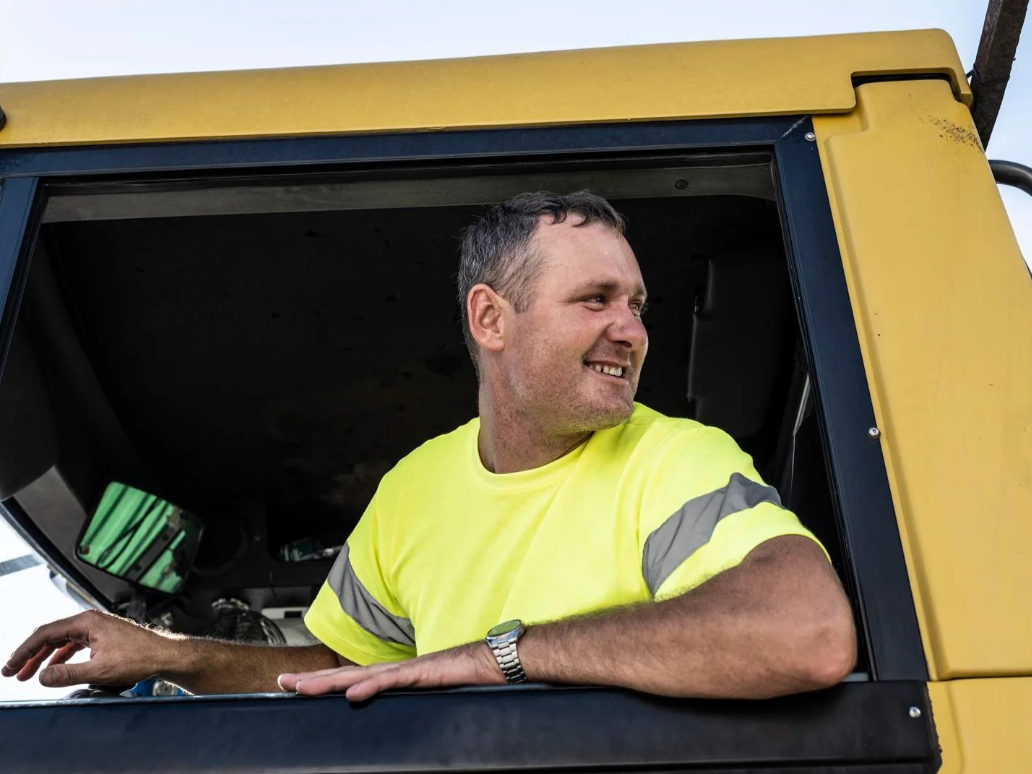
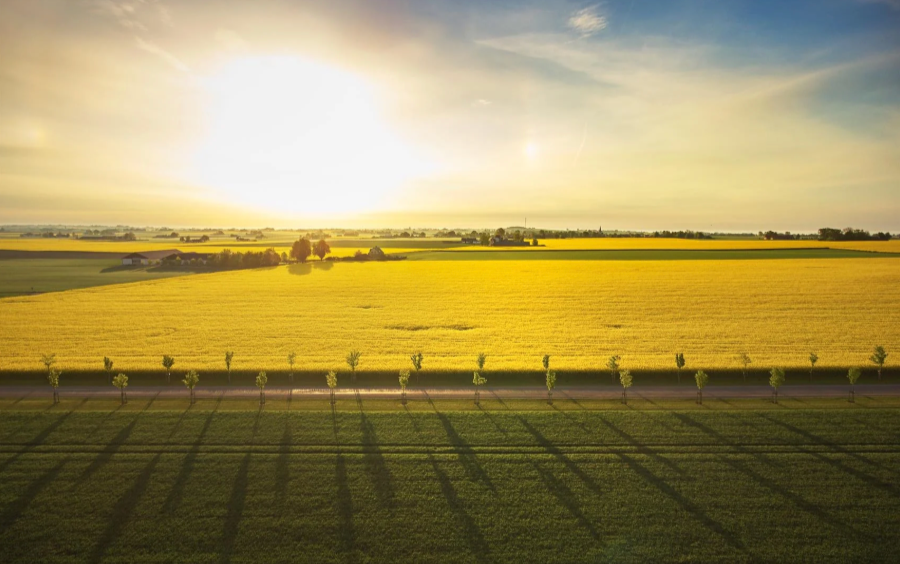
In an age when everybody wants everything yesterday, how do we convince buyers/retailers to wait an extra 3-4 weeks for their order to arrive in a pooled shipping container via sea instead of air?
Umut Bakin:
It’s definitely challenging in today's fast-paced business environment. However, I am convinced that with the right information and transparency on costs, customers will be willing to change their behavior, as the problem is, in my opinion, that most of them are not aware of the implications that this fast shipping has, not only on costs but also on the environment.
It is proven that the trade-off in delivery time is outweighed by the advantages in terms of cost, reliability, sustainability, and product quality. Most of the companies that offer ultra-fast shipping times are expending a fortune in their supply chains (in terms of Inventories or air shipping) and hiding those costs to the final customer by increasing the price or simply subsidizing those services with some other company assets .
Also, air transport generally has a much higher carbon footprint than sea transport and that is not sustainable in the future. Consumers and retailers increasingly value sustainability and may be more willing to wait a bit longer for their orders if they know it contributes to a greener supply chain.
So, to summarize, I think the most important thing is to be transparent about the cost implications, always providing the customer the different options but with the right information to make a conscious and informed decision.
How has IKEA learned to be more sustainable in shipping goods across the globe? Is it even possible to be ‘local’ when you run a massive, global company?
Susanna Hörnlund (Communication Manager Operations Supply):
IKEA’s business model is to offer a wide range of well-designed, functional home furnishing products at prices so low that as many people as possible will be able to afford them. This means we need to take the total costs, from raw material until the product reaches the customers, into consideration when determining where to source products. Although costs are important to us, we also need to take other parameters into consideration. For example, to have an agile and resilient value chain, and here, the sourcing closer to the market can play a vital role.
In terms of sustainability, IKEA is working to become climate positive by 2030, by reducing more greenhouse gas emissions than the IKEA value chain emits, while growing the IKEA business. This is outlined in the IKEA People & Planet Positive Strategy and IKEA will become climate positive by drastically reducing emissions, removing, and storing carbon, going beyond IKEA. IKEA is aligning its climate goals with the SBTi net-zero standard, and we do not work with offsets.
In terms of doing consolidated shipping by sea, to decarbonize the ocean-transport industry, a portfolio of different solutions is needed. It is about solving complex issues and to accelerate the decarbonization of the industry where collaboration across the supply chain is critical, and it is crucial to develop, to invest and to scale up potential decarbonization solutions. Collaboration is not about agreeing and all of us holding hands. It’s for all of us to move and channel our energy into confidence. Confidence to invest, confidence to create the lighthouse projects, confidence to do pilot tests.
11 Must-Have Holiday Gifts
Tis the season for standout finds. Unwrap our top holiday picks
Read moreThe Woven Wall
For Mexico-based maker KREYÉ, the artistry of craft represents both beauty and commerce
Read more

